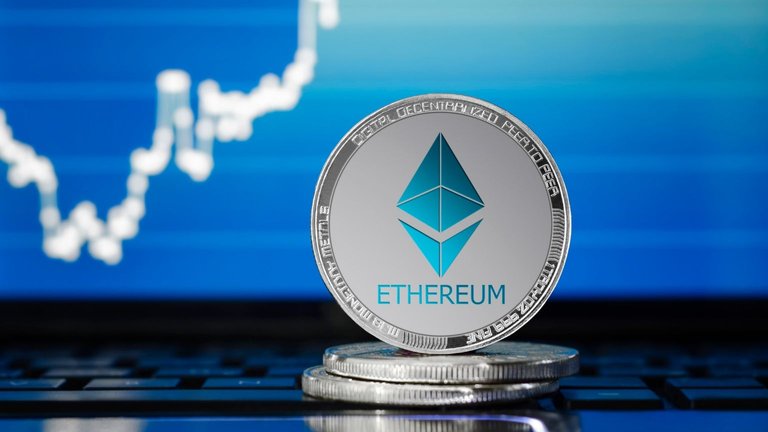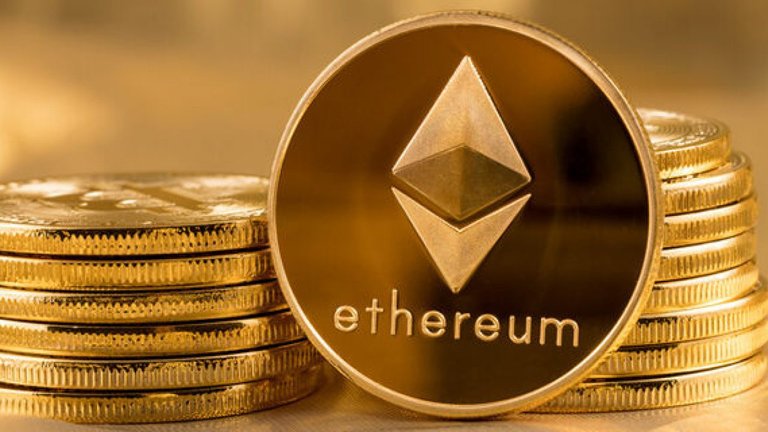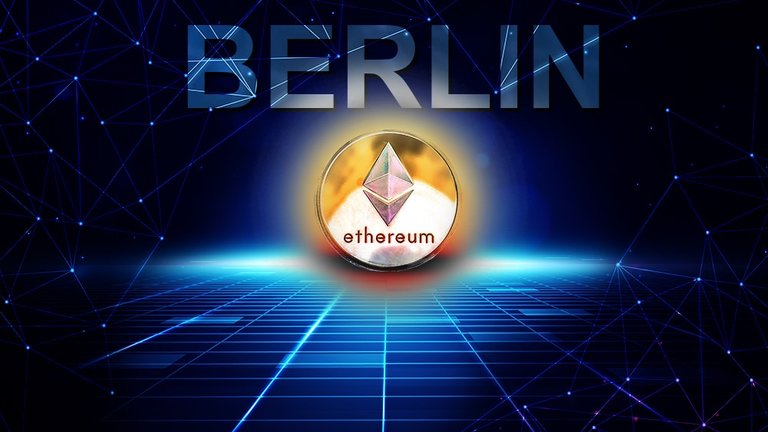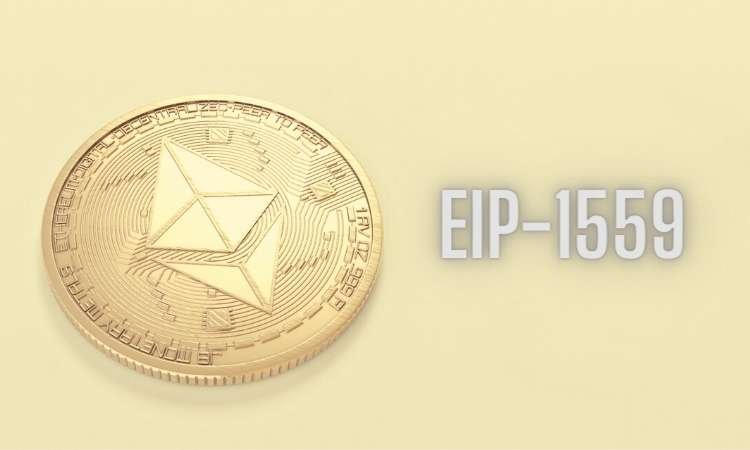Ethereum network and load issues: can the Berlin upgrade save it?
The upcoming Berlin update contains some EIPs designed to reduce transaction costs, but it may not be a long-term solution.
While the price of Ethereum (ETH) has continued to show signs of stabilizing over the past two weeks, settling at around $1,800, users of the major altcoin networks are facing higher gas rates and increasing gravity.
Looking at it all, since the DeFi mania began to peak last summer, the cost of the Ethereum network has more than doubled.
While the increase in fees is directly related to the increase in the value of ETH, it is undeniable that this also clearly shows that the demand for ERC-20 tokens, stable coins and various general purpose decentralized financial products is also growing.

Image
It is obvious from the chart below that the cost of facilitating transactions on the Ethereum network has increased significantly in recent months, with the average transaction fee on February 23 reaching a record high of $39.49.
Not only that, on March 20, the average transaction fee was $16, which is quite a high price, especially for developers and developers who want to promote small transactions.
In addition, as irreplaceable tokens continue to be popular, there is a reason why transaction costs on the Ethereum network will continue to rise in the near future. Therefore, network congestion and high transaction costs may continue until a viable near-term scaling solution is implemented, especially as the NFT industry continues to thrive.
According to Jay Hao, CEO of cryptocurrency exchange OKEx, Ethereum will definitely be on par with other first-layer solutions. Who could offer lower interest rates and higher returns.
Although Hao believes that Ethereum will eventually overcome its problems at some point in the future, the crypto community no longer wants to wait until the transition to Proof of Stake and Eth2 is complete, especially as more and more developers and other users of the network begin to expand. their operations Reach and move to other ecosystems.

Image
For example, many platforms have integrated different versions of Tether (USDT) and USD Coin (USDC) for Algorand and Tron, so that stablecoin traders can transact quickly at a fraction of the price currently charged by the network.
Although Hao believes Ethereum will eventually overcome its problems at some point in the future, the crypto community no longer wants to wait until the transition to Proof of Stake and Eth2 is complete, especially as more and more developers and other users of the network begin to expand. their Alcance operations and move to other ecosystems.
For example, many platforms have integrated different versions of Tether (USDT) and USD Coin (USDC) for Algorand and Tron, so that stablecoin traders can transact quickly at a fraction of the price currently charged by the network.
After months of planning, the Ethereum community recently established an implementation schedule for "Berlin". The update is scheduled to be released on the Ethereum mainnet at 12,244,000 or April 14.
In this regard, it is worth mentioning that Berlin will implement a total of four enhanced Ethereum protocols.

Image
These include EIP-2565, which aims to reduce the cost of ModExp prefabrication, which will help calculate gas costs. EIP-2929, the proposal will "increment" certain natural gas costs, EIP-2718, which introduces a new transaction module, and finally EIP-2930, which includes a transaction with optional access lists.
To make the upcoming transition smoother, it is recommended that Ethereum node operators upgrade their operations to Berlin-compliant nodes by April 7. In other words, exchanges, wallet service providers and ether token holders do not need to modify their terminals.
The most anticipated update to the Ethereum network, EIP-1559, is scheduled to go live sometime in July. The proposal will be packaged with the "London" branch and will seek to solve many problems in the Ethereum user experience.
For starters, it will focus on redirecting Ethereum's local gas fees to the network itself, rather than to the miners. Then, this fee will be destroyed, thus gradually reducing Ethereum's total supply.

Image
On the surface, this update appears to be a welcome change, but it is expected to reduce the bounty rate by as much as 50%, making the Ethereum mining community so unhappy that many people even took a movement to show their support. This may jeopardize the security of the network.
So, with all these initiatives aimed at solving the commission problem, it remains to be seen how the Ethereum network will handle the growing demand and if it can provide a solution that will be welcomed quickly by everyone.
Posted Using LeoFinance Beta
Hope the gas rates goes down soon and network releases bit of load after the berlin update